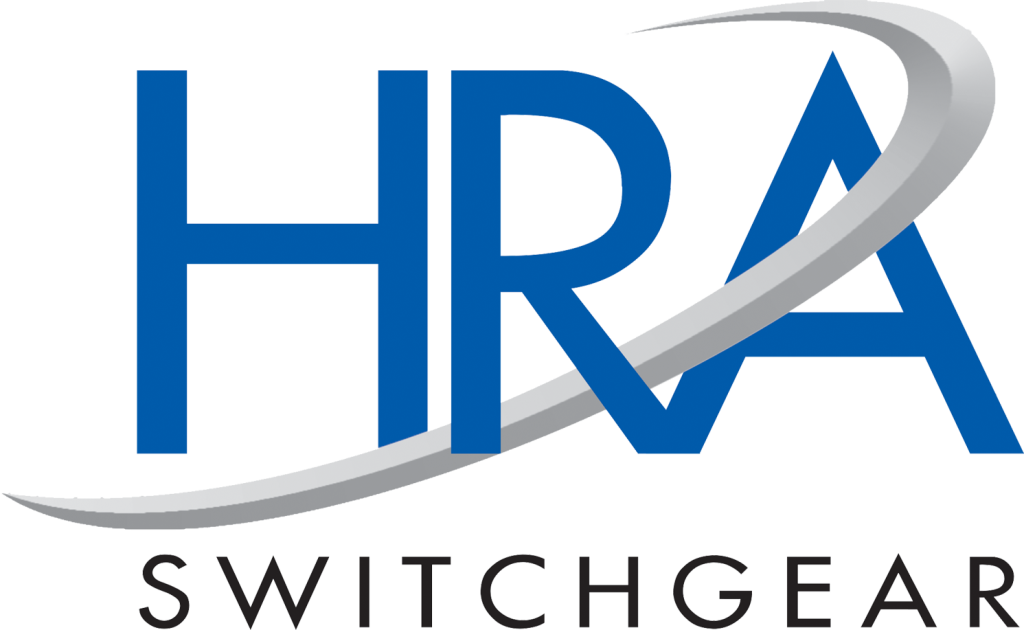Description
Perforated cable trays are a popular choice for commercial and industrial electrical installations due to their excellent cable support and ventilation. These trays are typically made from steel or aluminum and feature a base and sides that are perforated with a series of holes or slots.
The perforated design of these cable trays helps to improve air circulation around cables, which can help to dissipate heat and prevent cable failure. It also makes it easier to install and maintain cables, as installers can easily route cables through the perforations without the need for additional tools or equipment.
Perforated cable trays are available in a range of sizes and configurations, making it easy to customize the trays to suit specific project requirements. They can also be fitted with a range of accessories such as covers, dividers, and bends to further enhance cable protection and organization.
One of the key benefits of using perforated cable trays is their ability to provide excellent cable support and ventilation, which can help to improve the safety and reliability of electrical systems in commercial and industrial settings. They are also highly customizable and easy to install, making them a popular choice for a wide range of different electrical projects.
Overall, perforated cable trays offer a versatile and efficient solution for managing cables and wires in commercial and industrial settings. Their perforated design provides excellent ventilation and cable support, while their customizable configuration makes them suitable for a wide range of different electrical projects.



